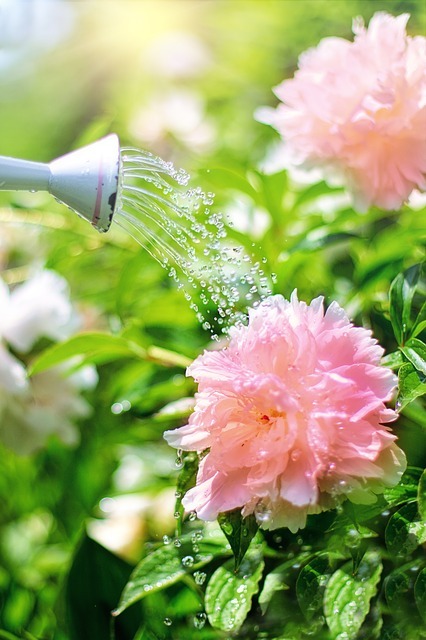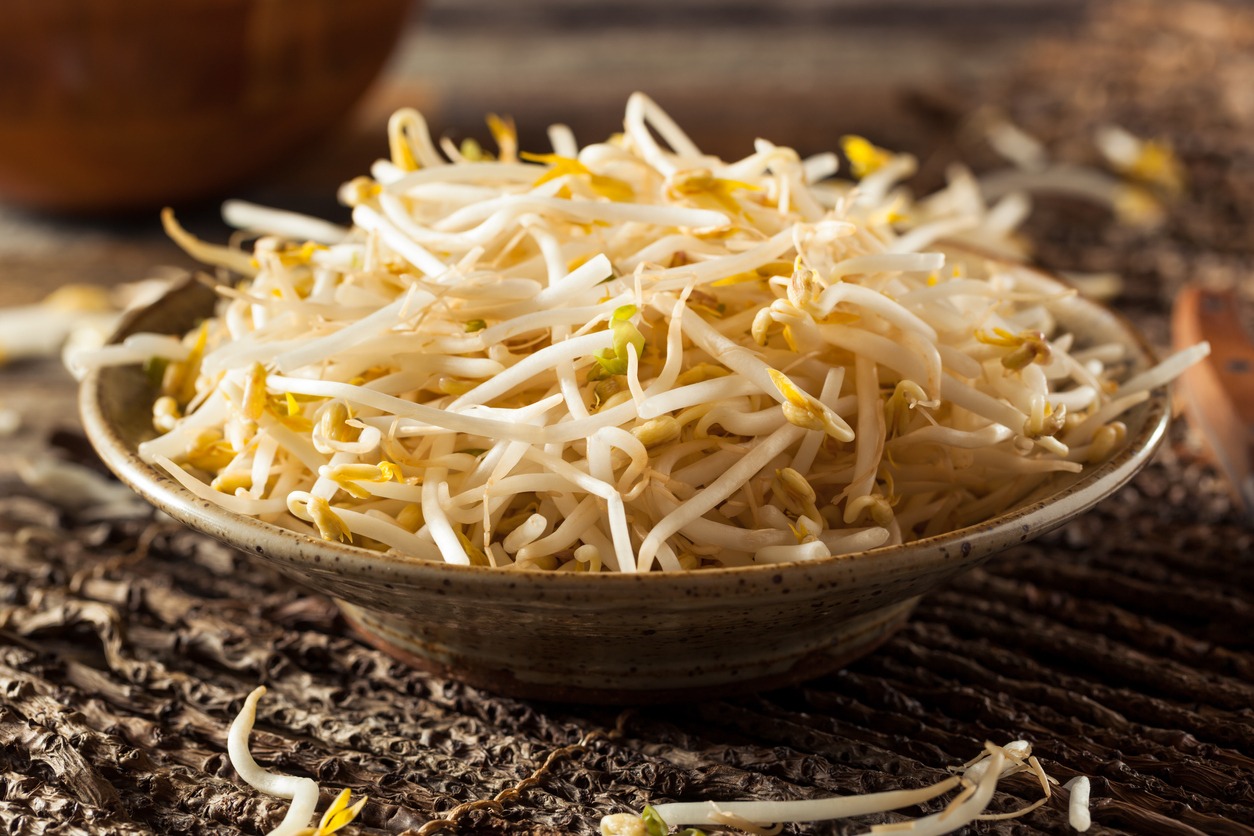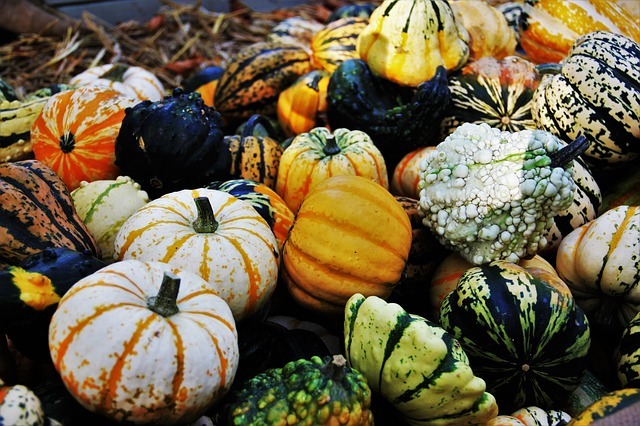The Benefits of Companion Planting for Your Homestead Garden
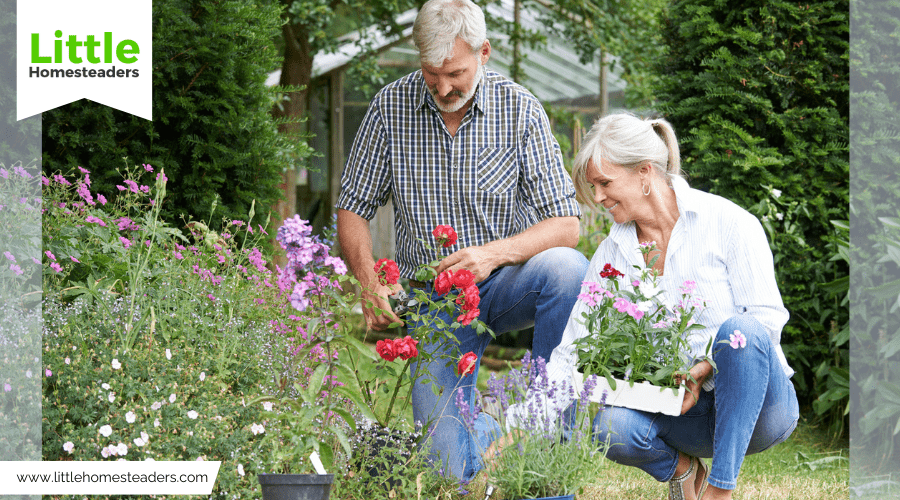
Gardening isn’t just about planting seeds in the soil and waiting for them to grow. It’s about creating a vibrant, self-sustaining ecosystem where every plant contributes to the health and productivity of the garden. That’s where companion planting comes in—a time-tested practice that uses strategic plant pairings to transform your homestead into a thriving haven of biodiversity.
Companion planting isn’t just a gardening technique; it’s a relationship-building exercise for your plants. By understanding how different plants interact, you can naturally repel pests, enrich your soil, optimize garden space, and attract beneficial pollinators. Let’s explore how this simple yet powerful practice can revolutionize your garden.
What Is Companion Planting?
At its core, companion planting is about pairing plants to create mutually beneficial relationships. This practice stems from a deep understanding of how plants interact—both above and below the soil. Some plants naturally repel pests, while others attract helpful insects or enhance soil nutrients. By growing these plants together, you reduce the need for chemical fertilizers and pesticides, making your garden more sustainable and environmentally friendly.
One of the best examples of companion planting is the Native American “Three Sisters” method. Corn, beans, and squash are grown together because they complement each other perfectly:
- Corn provides a sturdy structure for the beans to climb, eliminating the need for stakes or trellises.
- Beans fix nitrogen in the soil, enriching it for the corn and squash, which are heavy feeders.
- Squash spreads along the ground, acting as a natural mulch to retain moisture, regulate soil temperature, and suppress weed growth.
This age-old technique illustrates how companion planting works in harmony with nature, creating a balanced and productive ecosystem. It shows that gardening isn’t just about growing food—it’s about fostering relationships between plants, the soil, and even the insects that inhabit your garden.
The Benefits of Companion Planting
View this post on Instagram
Companion planting offers a wide range of benefits that can transform your homestead garden. Let’s dive deeper into how this practice can improve every aspect of your gardening experience.
1. Natural Pest Management
Pests are every gardener’s nightmare. They can destroy crops, spread diseases, and make gardening frustrating. However, companion planting provides a natural solution by leveraging the unique properties of certain plants.
- Aromatic herbs like basil, sage, and marigolds confuse pests with their strong scents. For example, marigolds release a compound called alpha-terthienyl, which deters nematodes, aphids, and whiteflies. Basil, when planted near tomatoes, can repel hornworms and mosquitoes while enhancing the flavor of your tomatoes.
- Trap crops like nasturtiums and radishes lure pests away from your main crops. Nasturtiums are particularly effective against aphids and whiteflies, acting as a decoy plant that keeps your vegetables safe.
- Beneficial insect attractors like borage and dill bring natural predators into your garden. Borage, with its star-shaped flowers, attracts pollinators and predatory insects like ladybugs, which feast on aphids.
Companion planting creates a balanced ecosystem where beneficial insects thrive and pests are kept in check. It reduces your reliance on chemical pesticides, making your garden safer for you, your family, and the environment.
2. Enhanced Soil Health
Healthy soil is the backbone of any successful garden. Without fertile, nutrient-rich soil, plants struggle to grow, and yields diminish. Companion planting helps improve soil health in multiple ways, ensuring your garden remains productive for years to come.
- Nutrient Cycling: Different plants access nutrients at varying soil depths because of their root structures. Deep-rooted plants like carrots and parsnips break up compacted soil while drawing up nutrients that shallow-rooted plants like lettuce can utilize.
- Nitrogen Fixation: Legumes like beans, peas, and clover work with soil bacteria to convert atmospheric nitrogen into a form that plants can use. This enriches the soil, reducing the need for synthetic fertilizers and benefiting nitrogen-hungry crops like corn and tomatoes.
- Living Mulch: Cover crops such as buckwheat and comfrey prevent erosion, retain moisture, and suppress weed growth. When these plants are tilled back into the soil, they add organic matter, improving soil structure and fertility over time.
By enhancing soil health through companion planting, you not only improve the current season’s yield but also invest in the long-term sustainability of your garden.
3. Maximizing Garden Space
Space is often at a premium in homestead gardens, especially if you’re working with small plots or raised beds. Companion planting allows you to make the most of every inch by combining plants with different growth habits and maturity rates.
- Vertical Integration: Pairing tall plants with climbers is a classic strategy. For example, growing corn with beans not only saves space but also allows the beans to use the corn stalks as natural trellises.
- Succession Planting: This technique involves pairing fast-growing crops with slower-maturing ones. Radishes, for instance, can be harvested quickly, freeing up space for slower-growing carrots or parsnips to develop.
- Root Layering: By combining plants with shallow, medium, and deep root systems in the same space, you minimize competition for nutrients and water. For example, onions (shallow roots), beets (medium roots), and potatoes (deep roots) can coexist harmoniously in the same garden bed.
These techniques maximize the productivity of your garden while maintaining plant health. Even small spaces, such as containers or balcony gardens, can benefit from thoughtful companion planting.
4. Attracting Beneficial Pollinators
Pollinators like bees, butterflies, and hoverflies are essential for a productive garden. Without them, many fruit and vegetable crops would fail to produce. Companion planting can help create a pollinator-friendly environment that supports these vital creatures.
- Flowering Plants: Zinnias, cosmos, and marigolds not only brighten your garden but also attract pollinators with their vibrant colors and nectar. Marigolds, in particular, are low-maintenance and can thrive in various climates.
- Herbs: Plants like thyme, oregano, and lavender pull double duty. They provide nectar for pollinators while offering culinary benefits for your kitchen.
- Continuous Blooming: To maintain a steady presence of pollinators, plant a variety of flowers that bloom at different times throughout the growing season. This ensures a continuous supply of nectar and pollen.
Creating a garden that attracts pollinators not only increases your yields but also supports declining pollinator populations, contributing to the overall health of your local ecosystem.
How to Get Started with Companion Planting
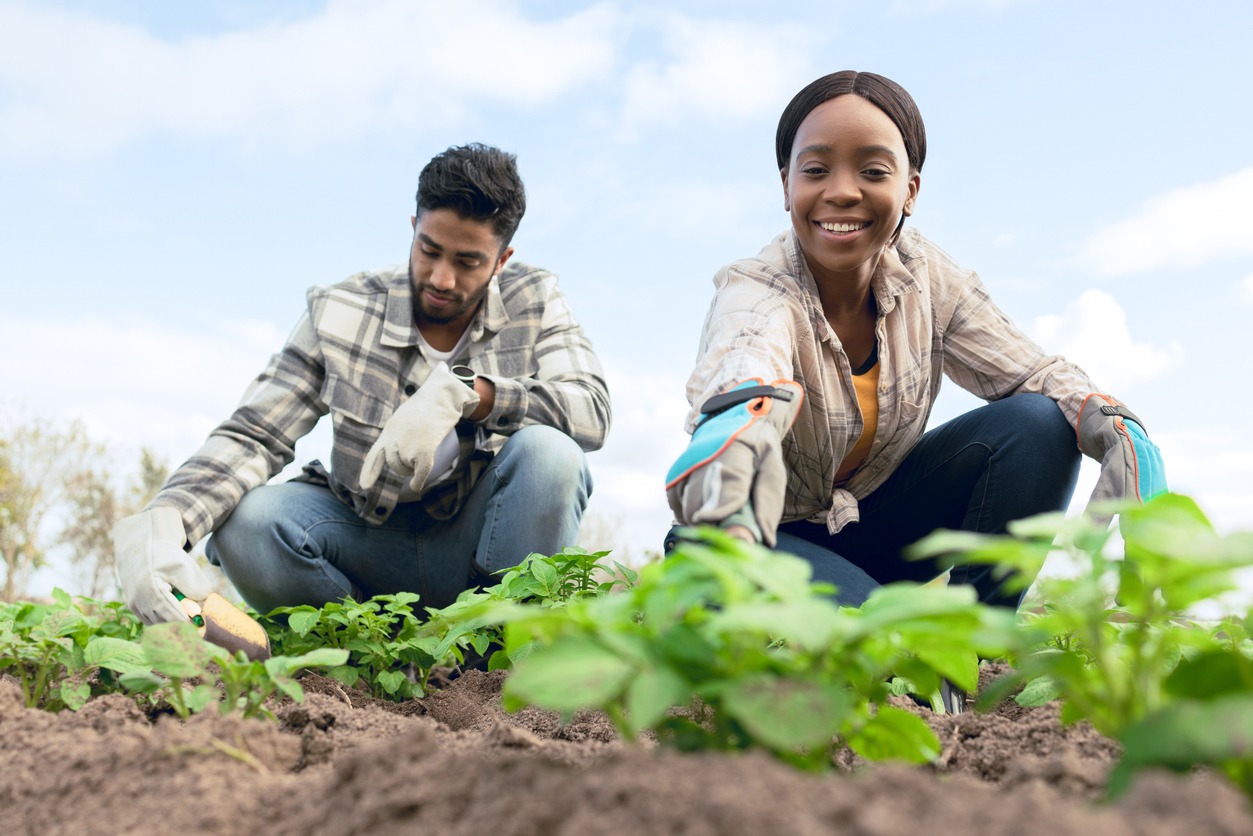
Ready to try companion planting in your garden? Follow these steps to set yourself up for success.
1. Assess Your Garden
Take stock of your garden’s current layout, the crops you grow, and the pests or challenges you face. Are there particular crops that always seem to attract pests? Do certain plants struggle to thrive? This assessment will help you identify areas where companion planting can make the biggest impact.
2. Plan Your Layout
Sketch out your garden on paper, grouping compatible plants together. Use guides or charts that show which plants benefit from being paired. For example, tomatoes and basil are a classic duo, while carrots and onions work well together.
3. Experiment and Observe
Start with small sections of your garden and test different combinations. Keep notes on what works and what doesn’t. Gardening is a learning process, and companion planting is no exception.
4. Rotate Crops
Each season, rotate your crops to prevent soil depletion and reduce the risk of pests and diseases. Companion planting works even better when combined with proper crop rotation practices.
Top Companion Plant Pairings for Your Homestead Garden
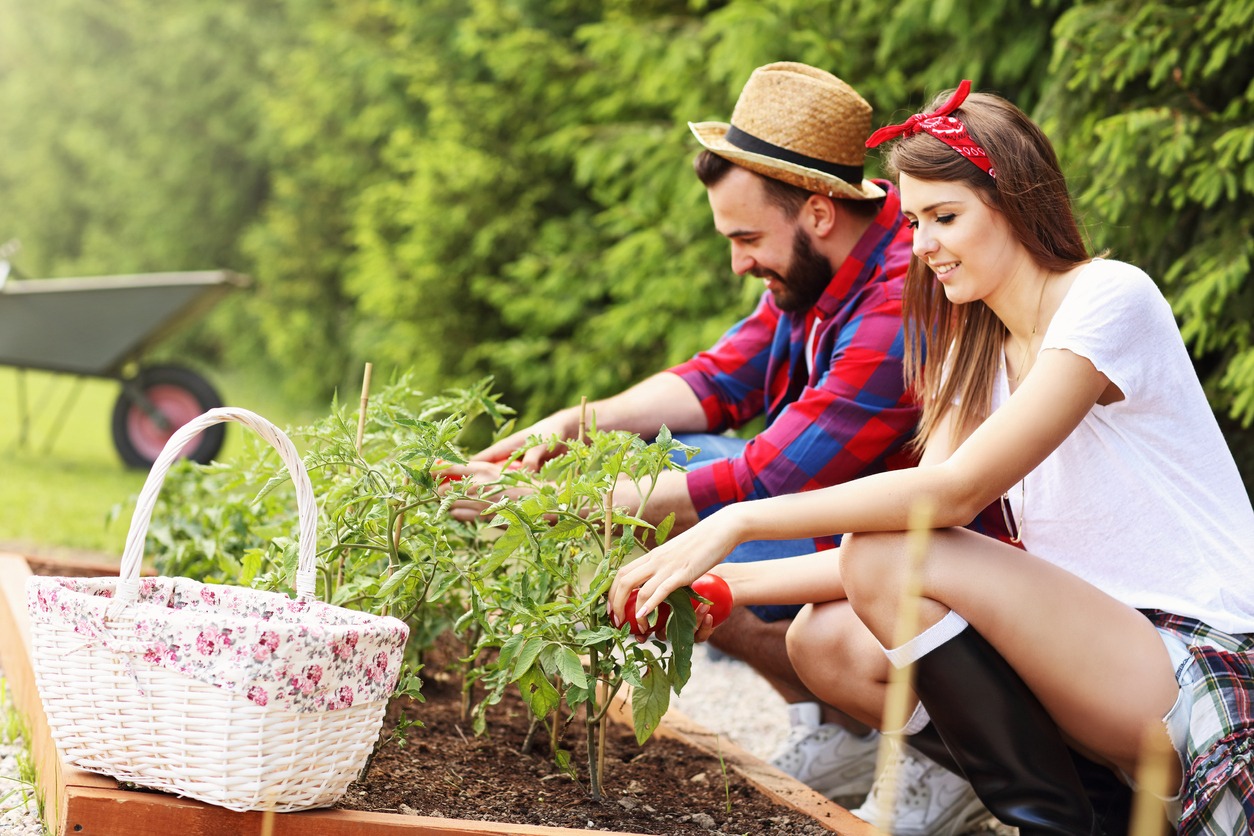
Here are some tried-and-true pairings to inspire your garden planning:
- Tomatoes and Basil: Basil repels pests and enhances tomato flavor.
- Carrots and Onions: Onions deter carrot flies, while carrots loosen soil for onion bulbs.
- Cabbage and Dill: Dill attracts beneficial insects that prey on cabbage worms.
- Corn, Beans, and Squash: The ultimate trio for balanced growth and pest resistance.
Common Pitfalls to Avoid
While companion planting offers many benefits, it’s important to avoid common mistakes:
- Overcrowding: Too many plants in one space can lead to poor air circulation and resource competition.
- Ignoring Plant Needs: Not all plants are compatible. For instance, fennel inhibits the growth of many vegetables and should be planted separately.
- Lack of Planning: Without a clear plan, it’s easy to end up with incompatible pairings that hinder growth.
Conclusion
Companion planting is more than just a gardening technique—it’s a way to work with nature to create a sustainable, productive garden. By pairing plants strategically, you can repel pests, enrich soil, maximize space, and support pollinators, all while reducing your reliance on chemicals.
So grab your gardening gloves, plan your pairings, and get started on transforming your homestead garden into a lush, thriving ecosystem. With a little effort and observation, you’ll reap the rewards of a garden that not only feeds your family but also nurtures the environment.

